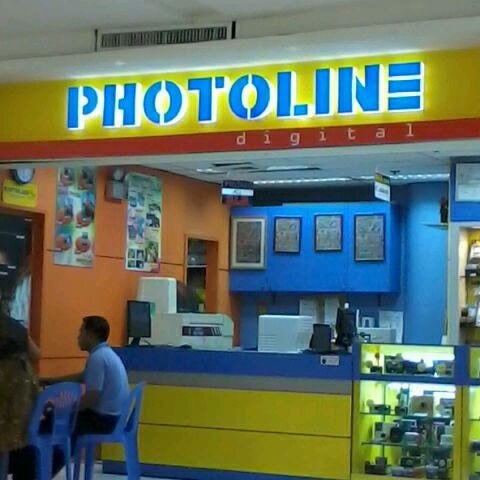
As I mentioned, I’ve had the pleasure of taking astrophotography images with many sizes of refractor telescopes – everything from a 61mm telescope to a 132mm. In my opinion, you can’t fully appreciate the additional aperture from a telescope like this without gradually working your way up in size. The carbon fiber tube of the ED140 is lightweight and strong 5.5″ inches of aperture gives you the light-gathering power needed to soak in the delicate fine details of objects in space. An F/6.5 Carbon Fiber MonsterĪ large refractor like the Explore Scientific ED140 not only offers the image quality and performance APO owners expect but also the reach and resolving power needed to capture planets and smaller deep sky objects. However, to get the extra light gathering power found in larger telescopes, expect to pay a lot more per inch of aperture. The lack of chromatic aberration, coma or need for constant collimation make the refractor design my absolute favorite type of telescope design when it comes to deep sky astrophotography. Photographing small galaxies, globular star clusters and solar system targets are not a small APO’s strong points. If your primary interests lie in objects that require high magnification and light-gathering ability such as planets, you may want to think about a larger telescope. A refractor in the 60-100mm range generally offers an extremely wide field of view, which is great most of the time. The only thing you’ll be missing out on with a small telescope of this size is the visual observing power and increased magnification that comes with an instrument with a larger aperture. My early deep sky images using an Explore Scientific ED80 Triplet APO. If you like shooting wide-field targets such as the North America Nebula, the Andromeda Galaxy or the Pleiades, a small apochromatic refractor telescope like this is a superb choice. For many years, I was thrilled with the images I was taking using the ED80 and a DSLR camera. The Apochromatic Refractor Advantageīefore I get into the details of this giant APO, I’ll provide a little bit of backstory.īack in 2011, I started using an Explore Scientific ED80 F/6 refractor.

The great globular cluster in Hercules ( M13) is a fitting choice for an incredible telescope like this, and the first globular cluster I’ve ever shot on my YouTube channel.

I decided to choose a target that could be completed in one night, using a one-shot-color camera. In the video above, you’ll see me use the ED140 to capture a deep sky astrophotography image from my backyard. Would you turn an opportunity like that down? I met up with the team at Explore Scientific last month at NEAF – and they asked if would try out their new ED140. By the time you have outgrown your little astrophotography telescope, maybe you’ll consider stepping up to the stunning Explore Scientific ED140 triplet apochromatic refractor.

Instead, look at my experiences with this telescope as a window into the possibilities that await you in the future.

I won’t tell you that you need a 140mm refractor to enjoy deep sky imaging, because that’s simply not true. (The ED140 has a focal length of 910mm) The Explore Scientific ED140 CF The biggest difference is – they usually reach much further. Specifically, an air-spaced triplet apochromatic optical design will share many of the same characteristics you’ll find on a high-end telephoto camera lens. The refractor telescope design has many unique advantages when it comes to deep sky astrophotography. If you’ve been following AstroBackyard for some time now, you’ll know how I feel about APO refractors in terms of astrophotography performance. I am thrilled to tell you that I recently got my hands on a brand new Explore Scientific ED140 CF APO Triplet Refractor.


 0 kommentar(er)
0 kommentar(er)
